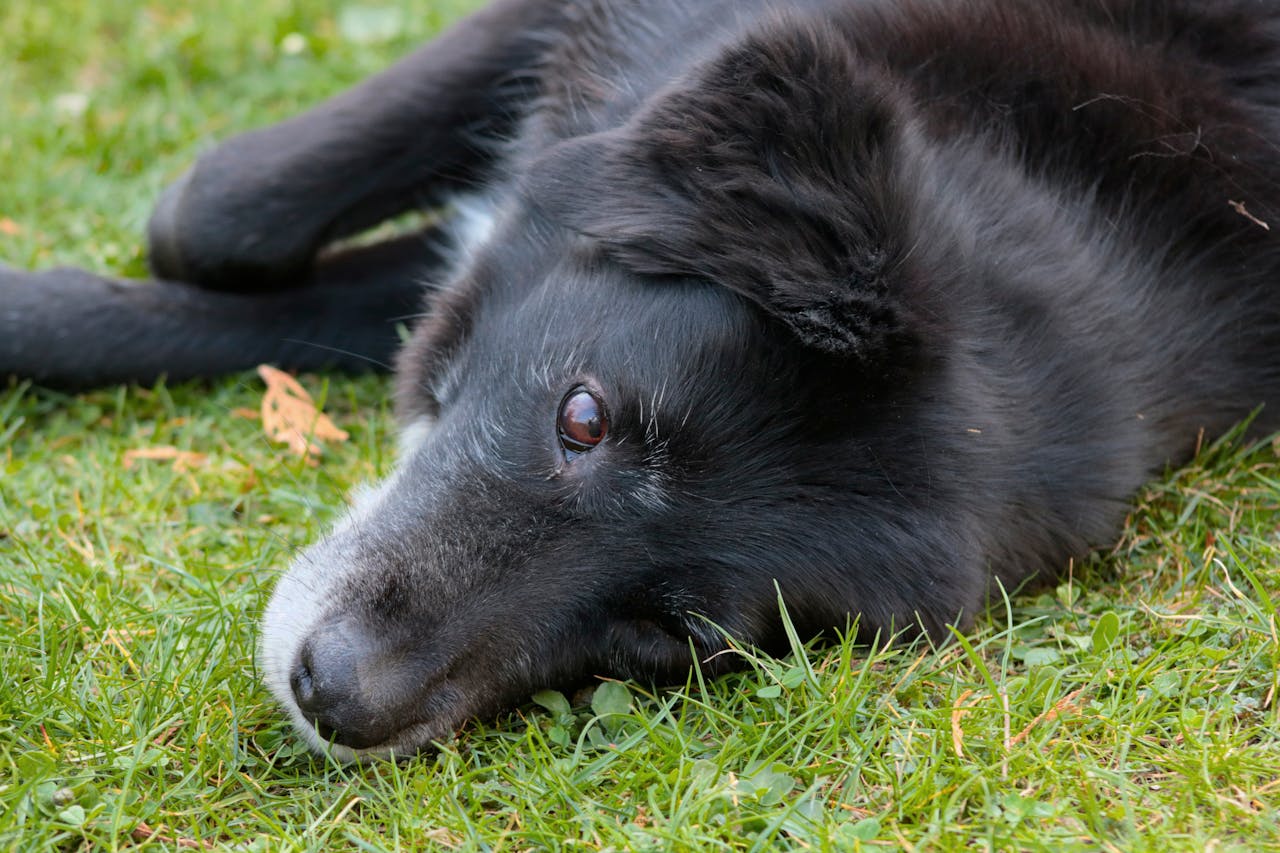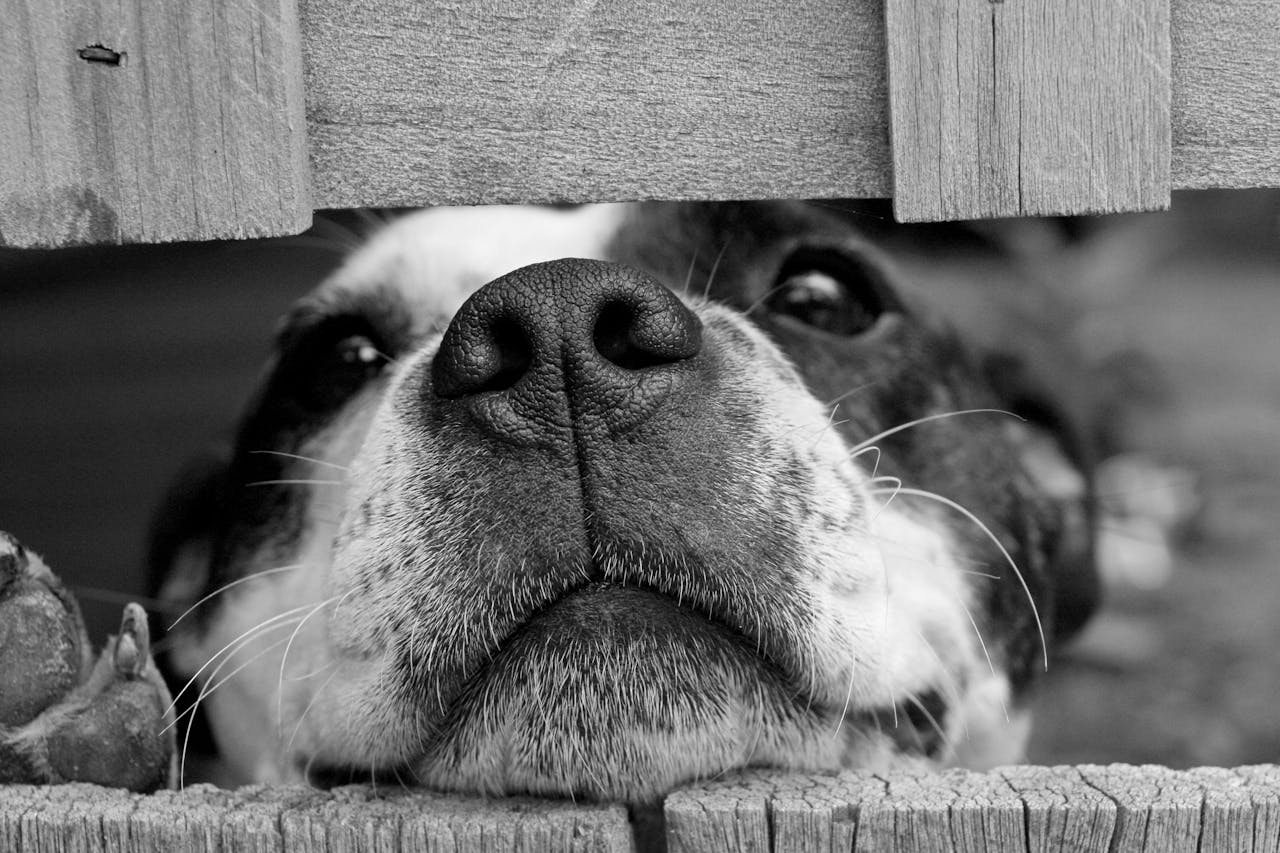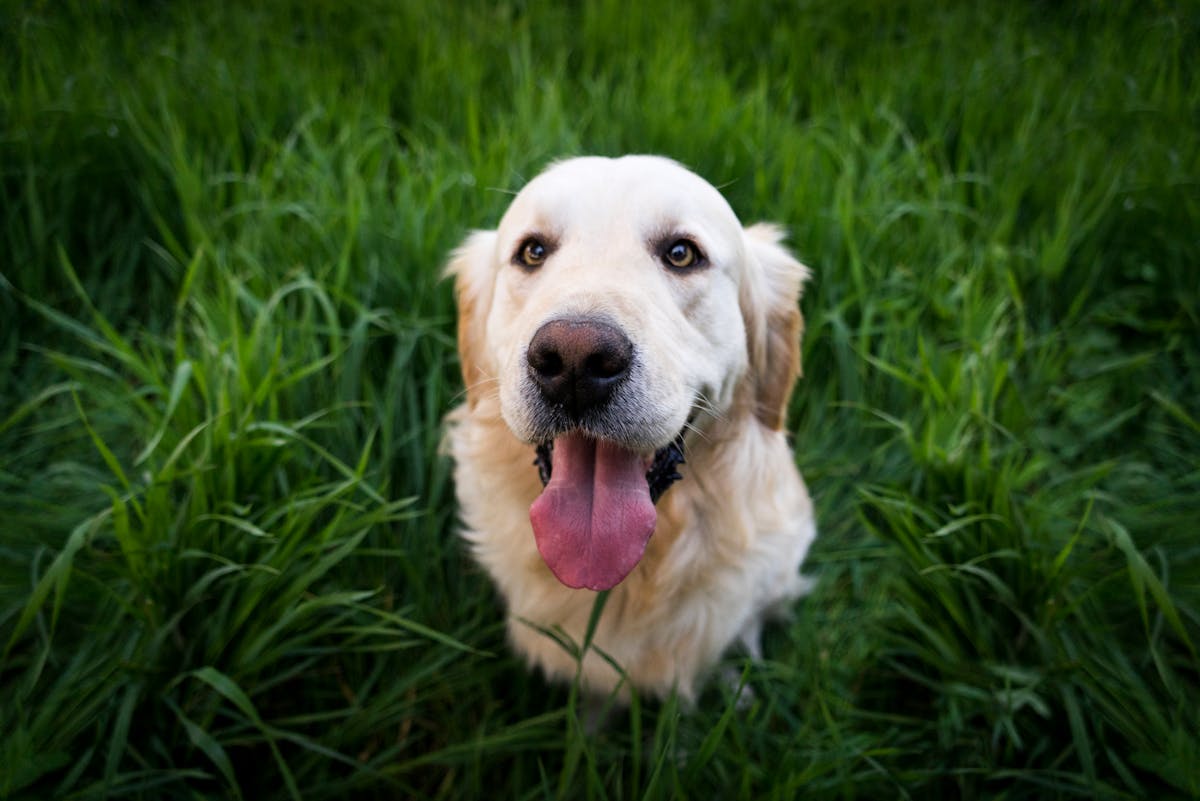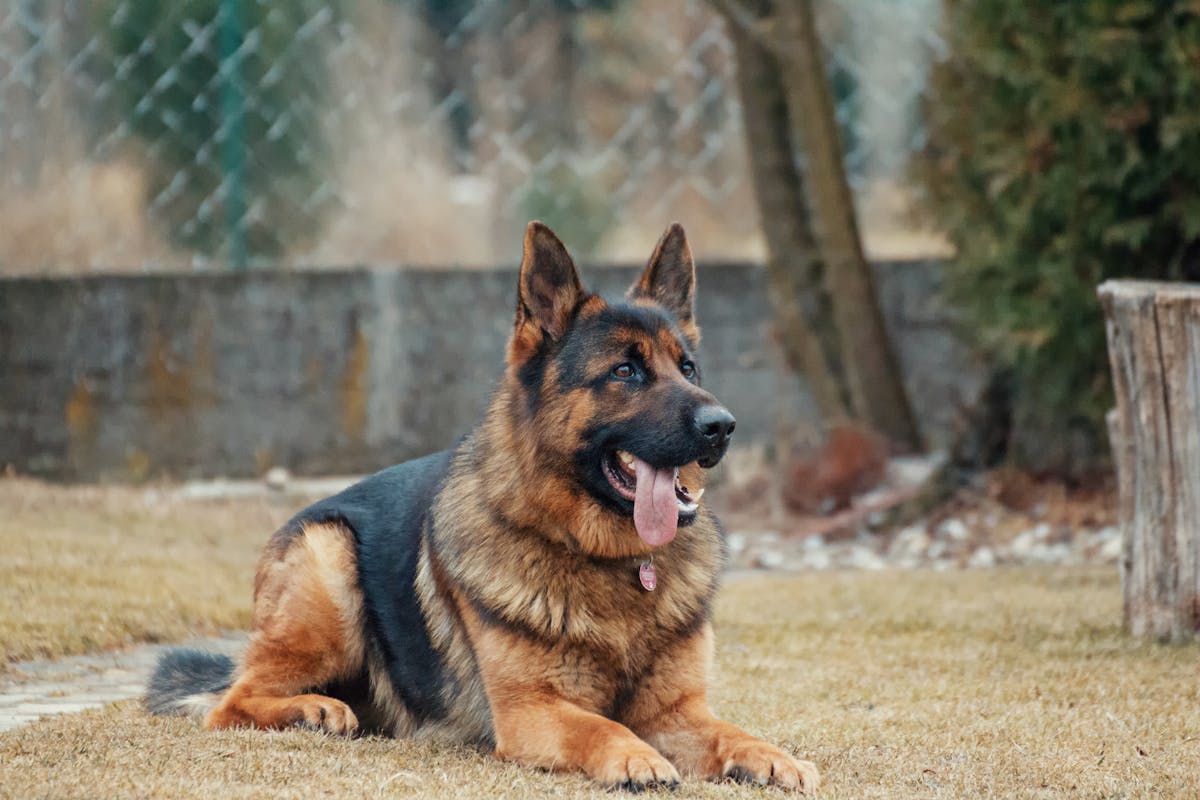You might notice your usually playful pup getting quieter during the colder, darker months. Maybe they sleep more, seem less enthusiastic about walks, or just don’t have their usual spark. As pet parents, it’s only natural to wonder—can dogs actually experience seasonal depression? At 108 Avenue Animal Hospital, we hear this question often, especially from… Continue reading Do Dogs Get Seasonal Depression? Here’s What the Science Says
Do Dogs Get Seasonal Depression? Here’s What the Science Says













